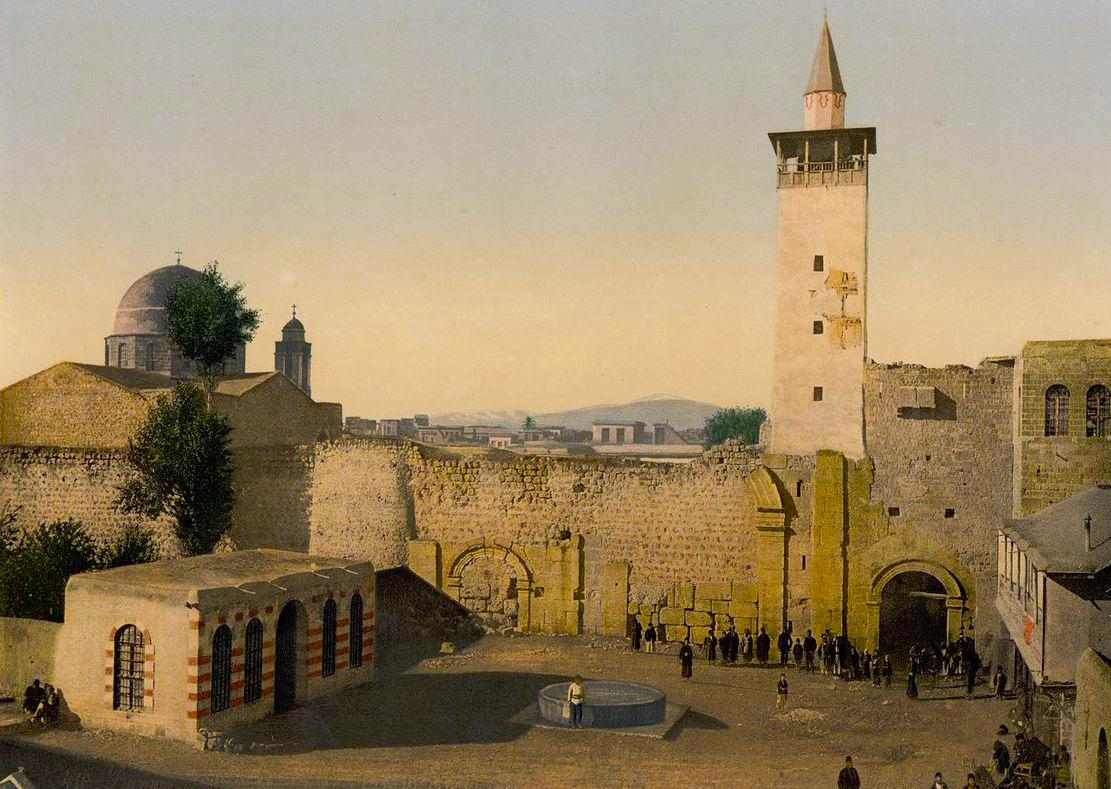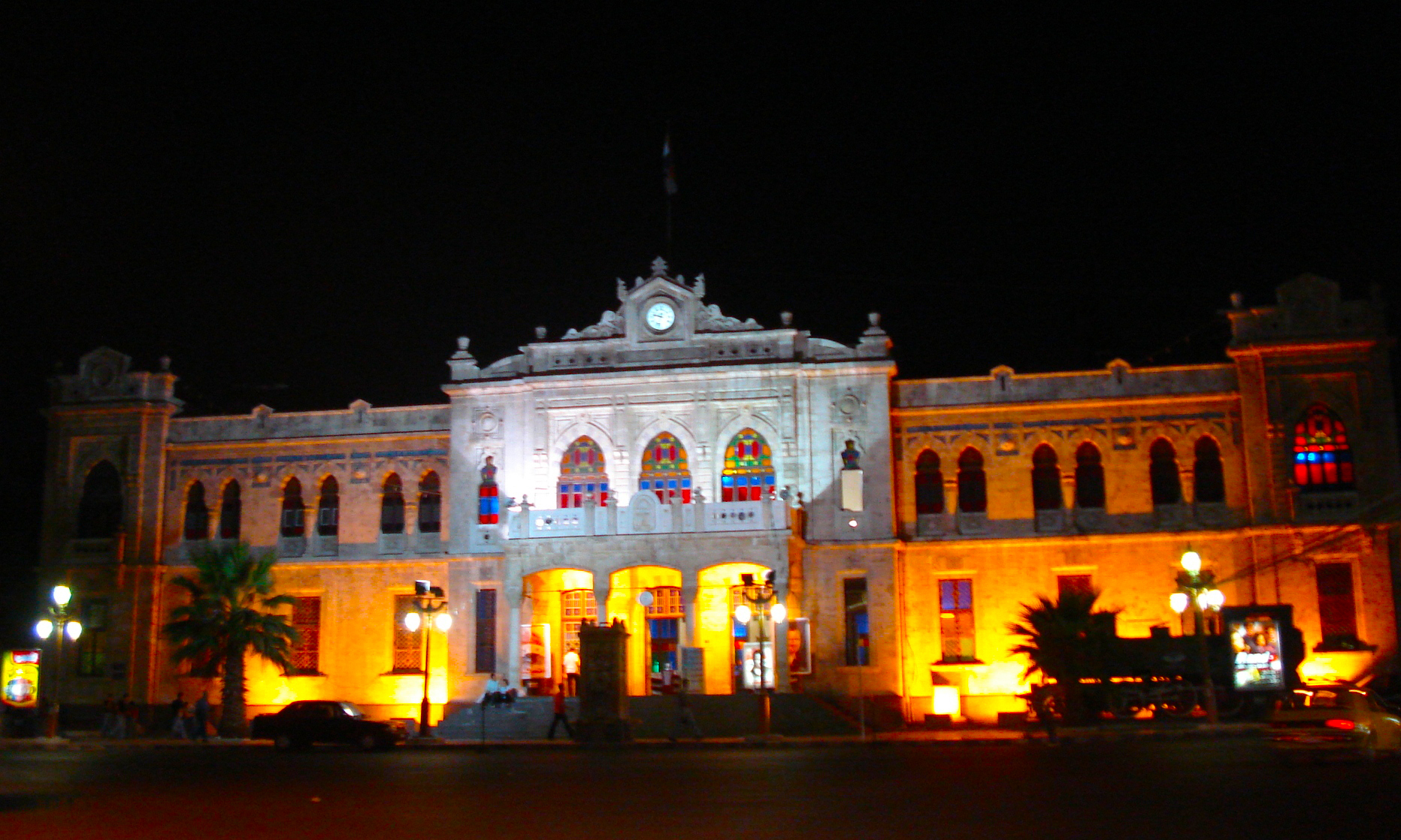Al-Hijaz Train Station in Damascus: The Last Stop of an Empire: In the heart of modern Damascus, nestled between bustling streets and colonial-era buildings, stands a silent witness to history: Al-Hijaz Railway Station. With its elegant Ottoman-European architecture, grand clock tower, and storied past, this landmark is more than just a train station—it’s a symbol of ambition, faith, and the final echoes of the Ottoman Empire.
For travelers seeking to uncover the lesser-known layers of Damascus, Al-Hijaz Station offers a journey not just through space, but through time. This article explores everything a visitor should know—from the station’s historical importance to its architectural charm and current status.
What Is Al-Hijaz Railway Station?
Al-Hijaz Station (Arabic: محطة الحجاز) is a historic railway station in central Damascus, once serving as a hub of the legendary Hejaz Railway, a train line that connected Damascus to Medina, deep into the Arabian Peninsula. The station was inaugurated in the early 20th century, under Ottoman rule, and became a key monument of pan-Islamic unity and modernization.
While trains no longer depart for Mecca from here, the station remains a symbolic site, a landmark of late Ottoman architecture, and a nostalgic portal into the age of steam, empire, and pilgrimage.
Historical Background
The Vision of the Hejaz Railway
The Hejaz Railway was one of the most ambitious infrastructure projects of the late Ottoman Empire. Its primary goal: to facilitate safe and faster travel for Muslim pilgrims heading to the holy cities of Medina and Mecca, and to strengthen the empire’s presence in the Arab provinces.
- Construction began in 1900 under Sultan Abdul Hamid II, who saw it as both a religious and strategic project.
- It was financed mostly by Muslim donations from across the empire, making it a pan-Islamic enterprise.
- The intended route stretched from Damascus to Mecca, but due to technical and political obstacles, it only reached Medina (about 1,300 km).
The train significantly reduced the pilgrimage journey time—from 40 days by camel to just 5 days by train.
Al-Hijaz Station Opens in Damascus
The Damascus terminal, Al-Hijaz Station, was completed and opened in 1913, just before World War I. It served as the starting point of the railway and was meant to impress both locals and foreign dignitaries. With its blend of Ottoman-Islamic and European styles, it reflected the empire’s desire to appear modern yet rooted in tradition.
Trains ran from here through Daraa, Ma’an, Tabuk, and into Medina, stopping at several key stations and water points along the desert route.
The Decline and Legacy
The Hejaz Railway was heavily damaged during World War I, particularly by Arab Revolt forces led by T.E. Lawrence (Lawrence of Arabia), who targeted it as a symbol of Ottoman power. After the war, with the collapse of the Ottoman Empire and the rise of the modern Middle East, the railway was never fully restored.
By the mid-20th century, only shorter sections of the route remained operational, mostly for local or tourism purposes.
Architectural Features
A Fusion of East and West
Al-Hijaz Station’s building was designed by Spanish architect Fernando De Aranda, blending Ottoman, Moorish, and European influences in an eclectic style that still captivates visitors.
Key features include:
- The clock tower: An iconic element reminiscent of European stations, but topped with Islamic-style details.
- Arched windows and doorways: Decorated with Damascene stone patterns and Islamic motifs.
- Masonry and detailing: The use of black and white stone (ablaq), typical in Syrian architecture, gives the station a local character.
- Interior halls: Though modest in size, the inside once featured waiting rooms, ticket counters, and administrative offices—all with elegant wooden beams and high ceilings.
A Historic Mural
Inside the building, you may still find old photographs, route maps, and murals depicting the original Hejaz route and the Ottoman dream of connecting distant parts of the empire.
Modern Surroundings
Outside the station, the area is lively, with cafés, street vendors, bookshops, and public squares. The station itself sits just west of Marjeh Square and is a short walk from Old Damascus, making it a convenient stop for curious visitors.
Can You Visit Al-Hijaz Station Today?
Yes, Al-Hijaz Train Station is open to the public, though it no longer functions as an active long-distance train terminal.
What You Can Do There:
- Admire the building: The architecture alone is worth the visit.
- Take photos: It’s a favorite spot for history lovers and architecture photographers.
- Visit the station’s café: There is a small café or restaurant on-site where you can enjoy tea or coffee while soaking in the historic atmosphere.
- Buy souvenirs: Some stalls or nearby shops sell train-themed memorabilia or books about the Hejaz Railway.
- Explore the surrounding area: The station is near many central Damascus attractions.
Are Trains Still Running?
A short tourist train route used to run from Al-Hijaz to the suburbs or countryside, particularly to Zabadani, especially in the summer months, offering scenic rides through the Barada Valley. However, these services have been intermittent and sometimes suspended due to conflict or repairs.
There is also an ongoing project by the Syrian Ministry of Transport to restore or revive parts of the Hejaz line, but as of now, no long-distance trains to Jordan or Saudi Arabia operate from here.
Nearby Attractions
Since Al-Hijaz Station is centrally located, it makes a great starting or stopping point on a walking tour of Damascus. Within walking distance, you’ll find:
- Marjeh Square: Historic square surrounded by early 20th-century government buildings.
- Al-Salhieh Street: A popular shopping area.
- Souq al-Hamidiyah: The famous Ottoman-era market.
- Umayyad Mosque: One of the oldest and most significant mosques in the world.
- Azem Palace and the National Museum of Damascus: Rich in archaeological and Islamic history.
Why It Matters Today
A Story of Faith and Empire
Al-Hijaz Station is more than just an old train terminal. It is a relic of a time when empires used railroads not just for power and profit, but for spiritual service—facilitating the Hajj pilgrimage for thousands.
Cultural Memory
For many Syrians, the station holds nostalgic value—a symbol of Damascus’s connection to the wider Arab and Islamic world. Stories of parents and grandparents taking the train to Amman or enjoying Sunday trips to the hills remain part of the city’s oral memory.
Architectural Beauty in Urban Chaos
In a city that has seen destruction, change, and rapid urban development, Al-Hijaz Station remains intact—a resilient piece of history standing proudly amid modernity.
Tips for Tourists
- Visit in the morning to enjoy better lighting for photos.
- Wear comfortable shoes, as the area around the station leads into walkable downtown streets.
- Pair your visit with a stop at nearby historical cafés or the Old City entrance.
- Ask locals about the old train routes—they often have personal stories to share.
- Check if the mini train is operating, especially in summer—locals or hotel staff can usually give you updates.
Final Thoughts
Al-Hijaz Train Station in Damascus is a treasure trove of history waiting to be discovered. It tells stories of faith, imperial dreams, technological ambition, and local identity. Though its trains no longer run across deserts, its legacy still runs through the hearts of Damascenes and history lovers alike.
For those seeking a deeper understanding of Syria’s role in Ottoman and Islamic history—or for anyone who appreciates grand old buildings with soul—Al-Hijaz Station is not to be missed.



